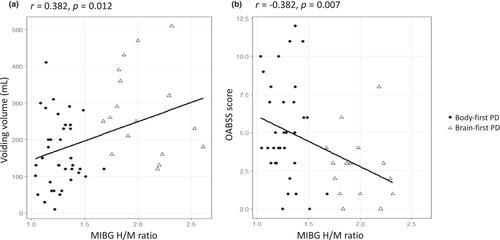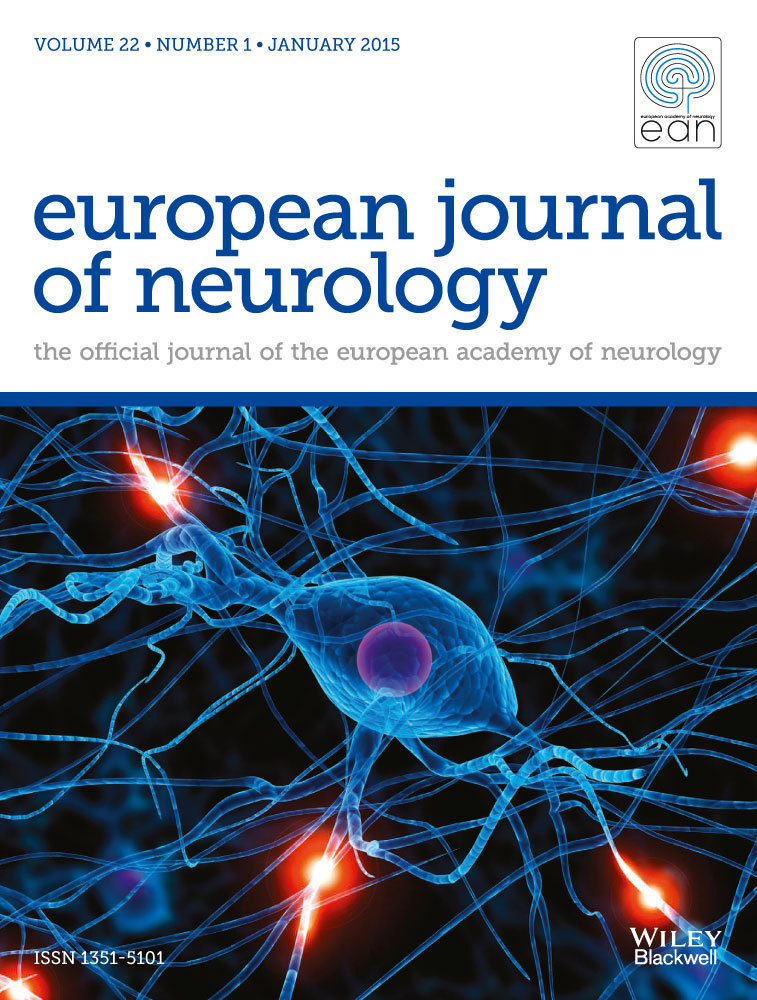Urodynamic study and its correlation with cardiac meta-iodobenzylguanidine (MIBG) in body-first and brain-first subtypes of Parkinson's disease
Abstract
Background and purpose
Lower urinary tract symptoms (LUTS) are frequently observed in patients with Parkinson's disease (PD), but the underlying mechanism remains elusive. The concept of “body-first” and “brain-first” subtypes in PD has been proposed, but the correlation of PD subtype with LUTS remains unclear. We aimed to investigate the disparities in urological dysfunctions between body-first and brain-first subtypes of PD using urodynamic studies (UDS).
Methods
We reviewed patients with PD (disease duration <3 years) who had undergone UDS and completed urological questionnaires (Overactive Bladder Symptom Score [OABSS] and International Prostate Symptom Score [IPSS]) and a voiding diary. Patients were categorized as having body-first or brain-first PD based on cardiac sympathetic denervation (CSD) using cardiac meta-iodobenzylguanidine (MIBG) uptake and the presence of rapid eye movement sleep behavior disorder (RBD), assessed using a questionnaire (PD with CSD and RBD indicating the body-first subtype).
Results
A total of 55 patients with PD were categorized into body-first PD (n = 37) and brain-first PD (n = 18) groups. The body-first PD group exhibited smaller voiding volume and first desire volume (FDV) than the brain-first PD group (p < 0.05 in both). Also, the body-first PD group had higher OABSS and IPSS scores, and higher prevalence of overactive bladder diagnosed by OABSS, compared to the brain-first PD group. In multiple linear regression, cardiac MIBG uptake was positively correlated with FDV and voiding volume and negatively correlated with OABSS and IPSS (p < 0.05 in all).
Conclusions
Patients with the body-first PD subtype exhibited more pronounced overactive bladder symptoms and impaired storage function in the early stage of disease. Additionally, cardiac MIBG was significantly associated with urological dysfunction.


 求助内容:
求助内容: 应助结果提醒方式:
应助结果提醒方式:


